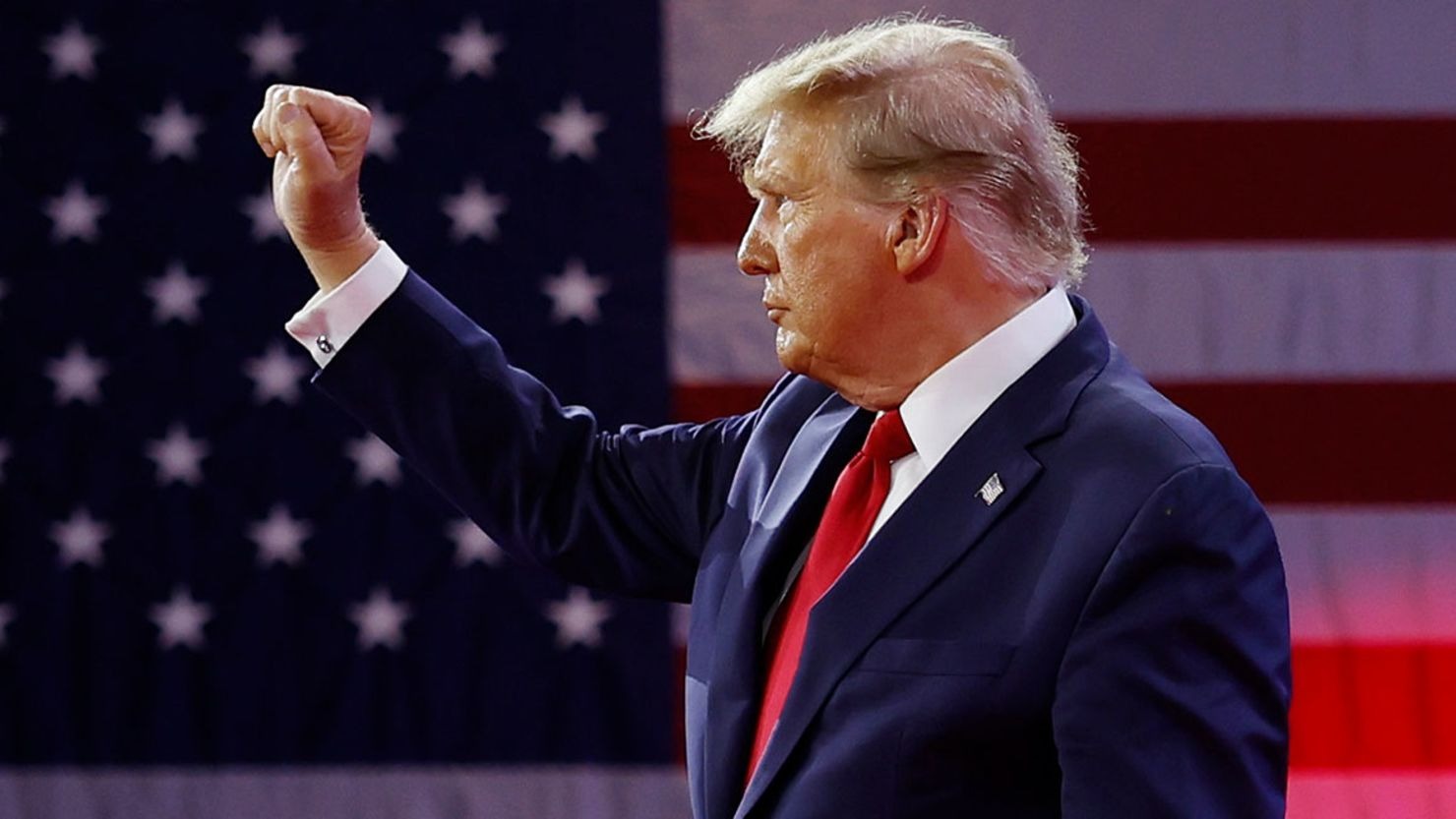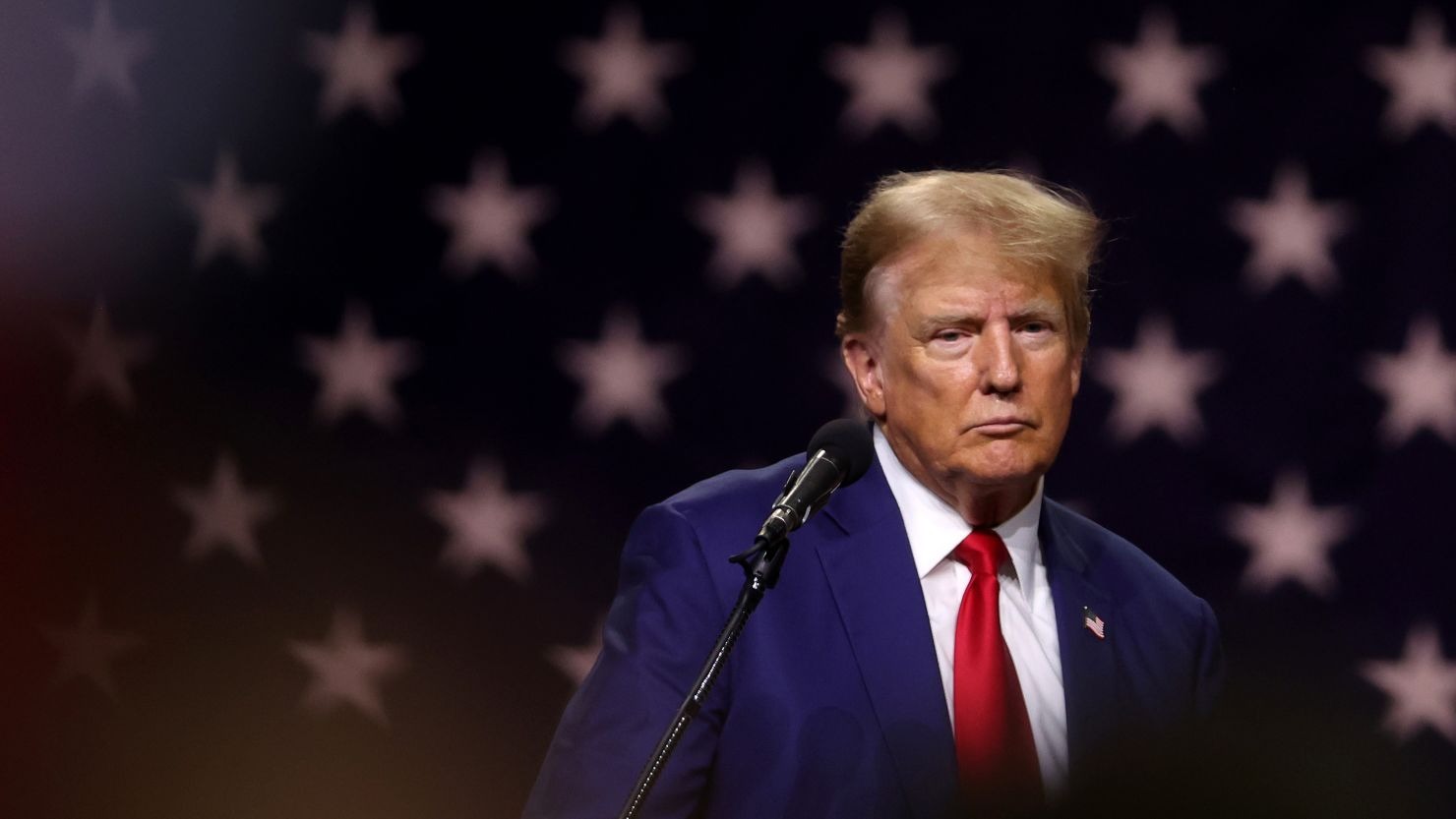In a 1982 encounter at the White House, Indian Prime Minister Indira Gandhi shared insights with U.S. President Ronald Reagan, emphasizing the value of understanding and cooperation between nations despite differing perspectives.
This moment marked an early step in the changing partnership between India and the United States, which has since blossomed into what both nations now term a “comprehensive global strategic partnership.”
As the U.S. political landscape gears up for the next presidential election, with a potential rematch between Joe Biden and Donald Trump, global observers are keenly evaluating the implications for international relations.

Ex-President Donald Trump (Credits: Nikkei Asia)
For India, however, a sense of reassurance stems from the established trust and mutual respect between these two countries, suggesting that the foundation of their alliance is robust regardless of the election outcome.
The extensive joint statement issued during Modi’s state visit to the U.S. in September last year highlighted the broad and deep cooperation between India and the U.S.
This document outlined the ambitious scope of bilateral engagement, spanning Indo-Pacific security and United Nations Security Council reform to advancements in technology, space, semiconductors, and biotechnology.

Former President Donald Trump (Credits: CNN)
The relationship is also marked by ongoing defense, cybersecurity, and pharmaceutical collaboration. This multifaceted partnership is buoyed by Modi’s ability to foster strong connections with Democratic and Republican leaders and the active support from both sides of the U.S. political spectrum.
Cultural and historical ties further cement this relationship, notably through the influential Indian diaspora in the U.S. and shared values such as democracy and freedom. China’s assertive posture in the Indo-Pacific region remains a critical factor driving India and the U.S. closer together.
The formation of the Quad—an alliance between India, the U.S., Japan, and Australia—stands as a testament to a unified stance against Beijing’s aggressiveness. It underlines a consensus across American political lines on the strategic pivot to Asia initiated during the Obama administration.
As India continues to change its path on the global stage, its strategy involves strengthening ties with the U.S. and engaging with other Asian nations. This dual approach balances regional dynamics and underscores India’s commitment to broad-based cooperation and stability in Asia and beyond.
This relationship’s endurance and adaptability, rooted in strategic interests and shared democratic values, underscore a partnership poised to face the challenges and opportunities of the coming years, regardless of the shifting political winds in Washington.























